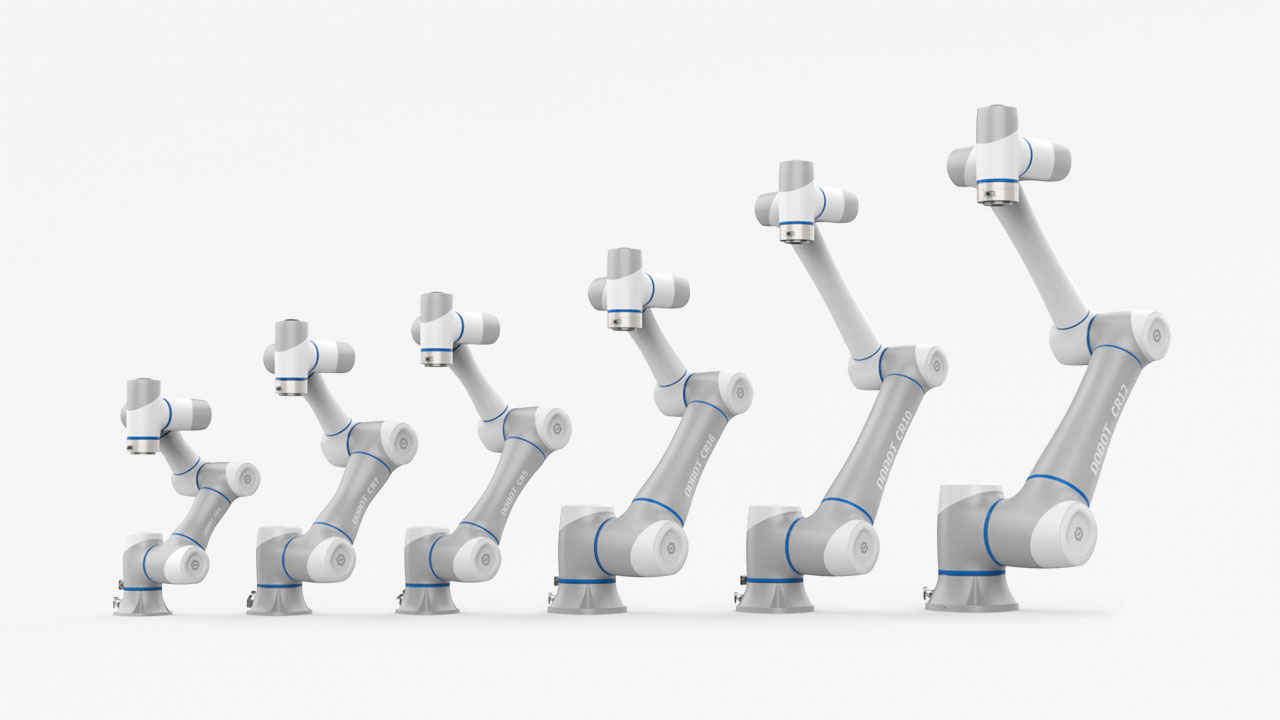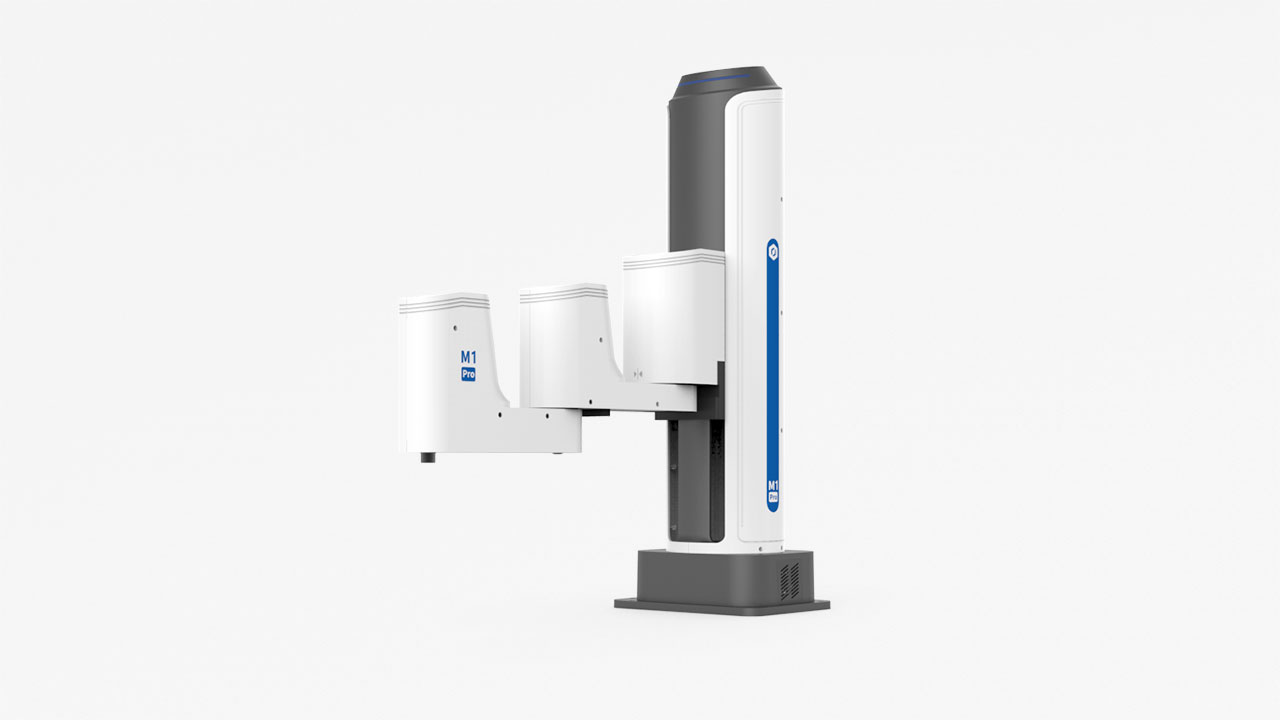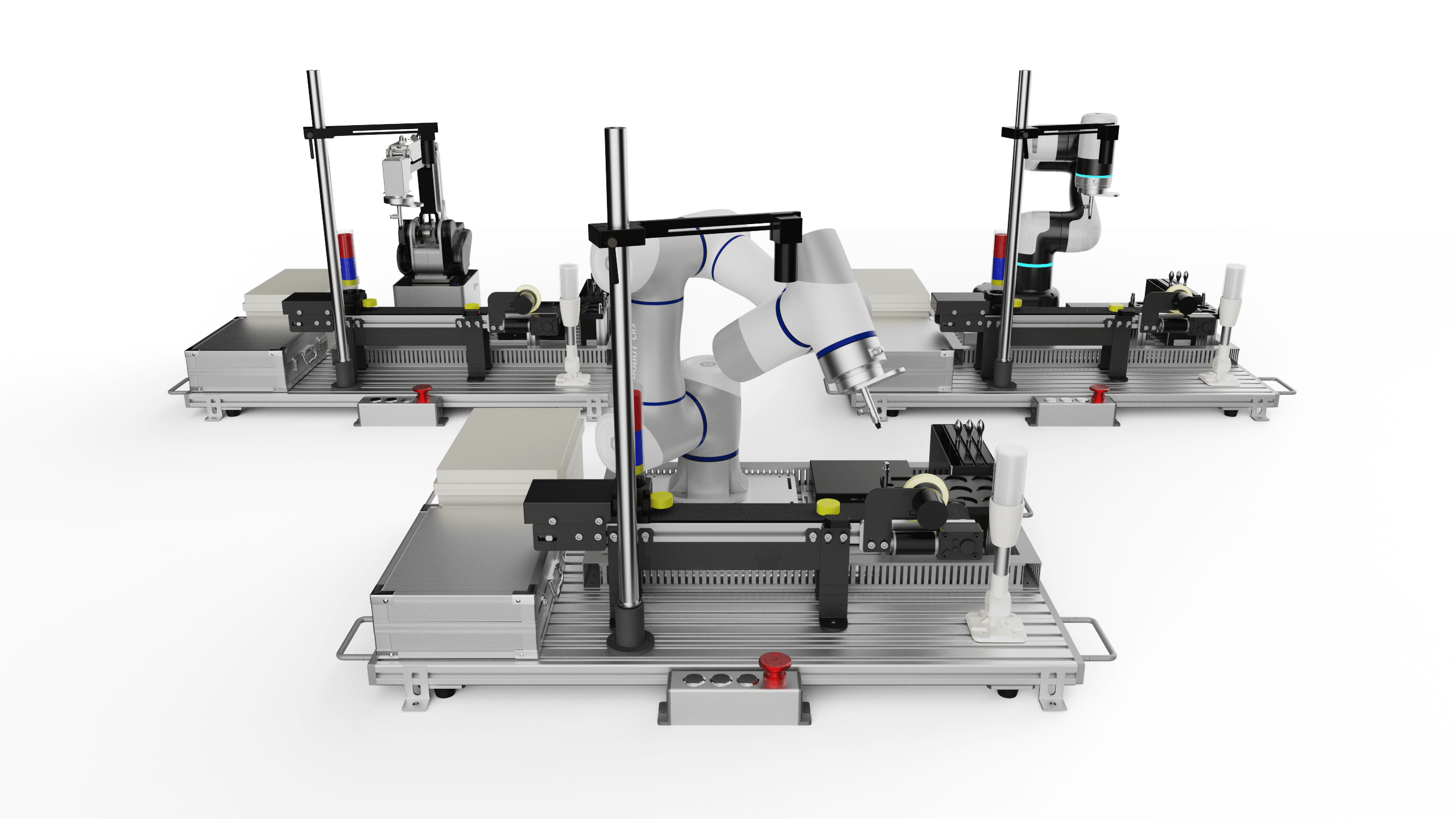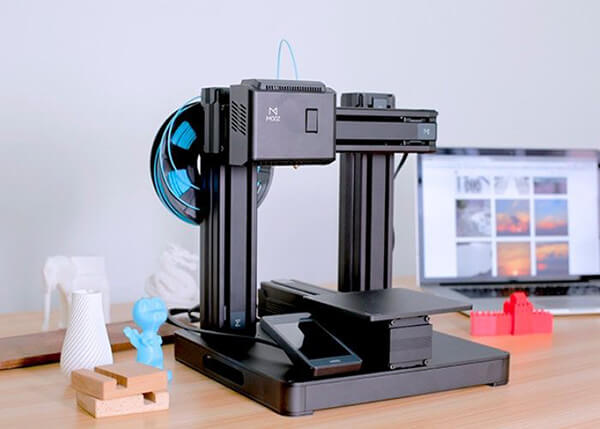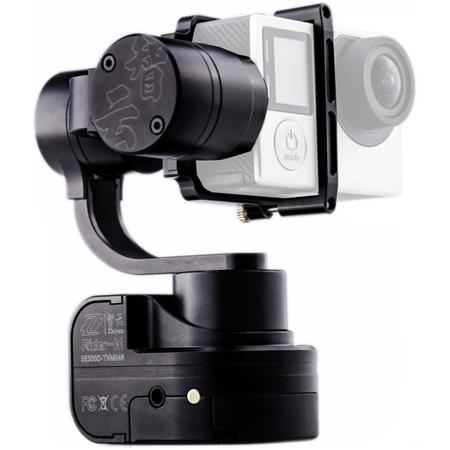As the importance of STEM (Science, Technology, Engineering, and Mathematics) education continues to grow, the integration of robotics into academic curriculums has become a key focus for educators and policymakers around the world. Robotics, with its unique blend of practical application and theoretical principles, offers a powerful tool to engage students and enhance their understanding of various STEM concepts.
This blog will discuss the role of educational robotics, highlighting its benefits and applications.
The Role of Robotics in STEM Education
Robotics serves as a valuable bridge between the different disciplines within STEM, allowing students to apply their knowledge in a tangible and interactive manner. By designing, building, and programming robotic systems, students can develop a deeper understanding of the underlying scientific principles, engineering concepts, and computational skills required to bring their creations to life.
DOBOT X-Trainer deploys a futuristic design with an AI training platform that reflects Dobot's mission to be the future of possible. It not only inherits its innovative vision of remote operation on the whole body but also improves the accuracy and comfort of operation to a whole new level through the design of an industrial-grade collaborative 6-axis robotic arm and teleoperation main hand. It provides comprehensive solutions related to Industrial innovation and technology development for such Industries of education and scientific research.
Enhancing STEM Learning through Robotics
- Hands-on Experiential Learning: Robotics projects provide students with the opportunity to apply their theoretical knowledge in a practical setting, fostering a deeper understanding of STEM concepts.
- Problem-Solving and Critical Thinking: The process of designing and programming robots often involves troubleshooting and finding creative solutions to complex challenges, thereby enhancing students' problem-solving abilities and critical thinking skills.
- Interdisciplinary Collaboration: Robotics projects typically require teamwork and the integration of diverse skills, encouraging students to collaborate and communicate effectively across different STEM disciplines.
- Motivation and Engagement: The inherent fascination with robotics can help to spark students' interest in STEM subjects, leading to increased engagement and a desire to further explore these fields.
Innovative Tools for Robotics Education
As the demand for effective robotics integration in STEM curricula grows, educational institutions and technology providers have developed innovative solutions to address the needs of both students and educators. One such tool is the Dobot Magician E6, a versatile collaborative robot designed for educational and research purposes.
The Dobot Magician E6 is a user-friendly robotic platform that allows students to engage in hands-on learning experiences, from programming and controlling the robot's movements to conducting experiments and data collection using its integrated sensors. By incorporating the Dobot Magician E6 into their STEM curriculum, schools can provide students with the opportunity to explore the intersection of robotics, automation, and data analysis, preparing them for the demands of the 21st-century workforce.

Ways to Help Students Grow a Love for Robotics
- Hands-on Workshops: Organizing hands-on workshops where students can build and program their own robots can foster a sense of excitement and ownership.
- Robotics Competitions: Encouraging participation in robotics competitions, such as FIRST Robotics or VEX Robotics, can inspire students to push the boundaries of their creativity and problem-solving skills.
- Maker Spaces: Providing access to well-equipped maker spaces, where students can tinker, experiment, and collaborate on robotics projects, can nurture their passion for the field.
- Mentorship Programs: Connecting students with experienced robotics professionals or enthusiasts who can serve as mentors can provide valuable guidance and inspiration.
- Interdisciplinary Connections: Highlighting the interdisciplinary nature of robotics, and how it intersects with other STEM subjects, can help students appreciate the broader applications and relevance of the field.
- Showcasing Student Work: Celebrating and showcasing student-built robots, whether through school exhibitions or community events, can boost their confidence and inspire their peers.
Overcoming Challenges in Robotics Integration
While the benefits of integrating robotics into STEM curriculums are well-recognized, there are several challenges that educators and schools must address:
- Teacher Training and Professional Development: Ensuring that teachers have the necessary skills and knowledge to effectively incorporate robotics into their teaching is a critical priority.
- Funding and Resource Allocation: Equipping schools with the necessary hardware, software, and technical support can be a significant financial investment, requiring creative funding solutions.
- Curriculum Integration: Seamlessly integrating robotics into the existing academic curriculum can be a complex task, requiring careful planning and collaboration among educators.
To overcome these challenges, schools and educational institutions must commit to ongoing professional development for teachers, explore innovative funding sources, and work closely with technology providers to develop comprehensive, plug-and-play robotics solutions that can be easily integrated into STEM curricula.
By addressing these challenges and embracing the transformative potential of robotics in STEM education, we can empower the next generation of innovators, problem-solvers, and critical thinkers – the leaders who will shape the future of our world.
